What Is the State Tree of New York? Facts & FAQ
-

- Last updated:
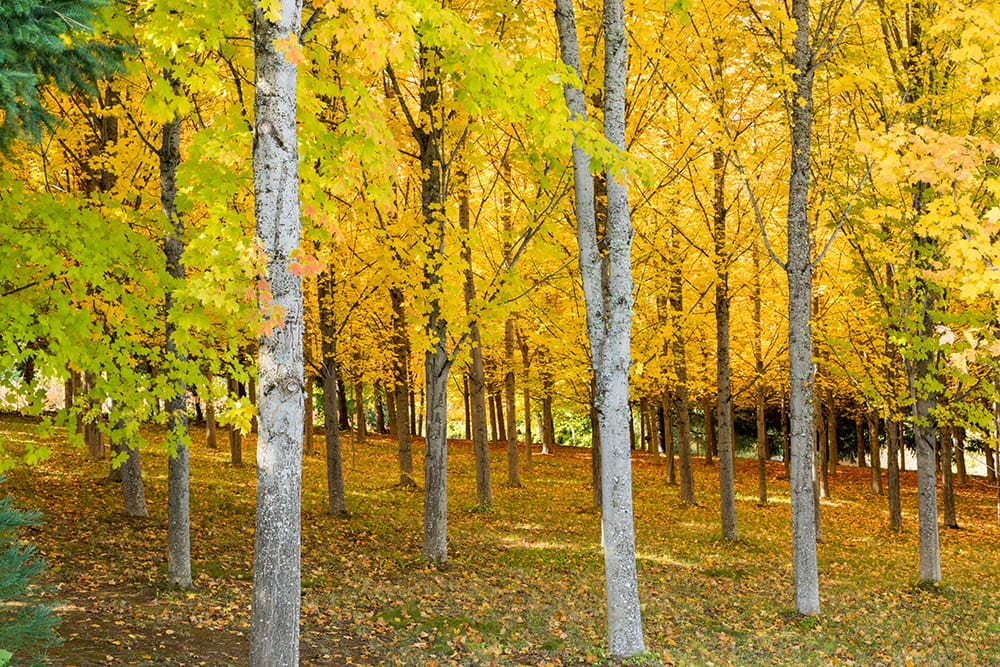
New York is America’s most populous state, the city of New York alone has over eight million people. Often referred to as ” The Empire State”, not only does it have a thriving economic sector but it’s also one of the most culturally diverse states in the US. New York’s history, landmarks/attractions, and gorgeous regional landscape make it one of the most popular tourist hubs in the world. But what is New York’s state tree and how did it come to be?
The Sugar Maple is New York’s state tree (scientific name: Acer saccharum). It was chosen as the state tree in 1956. You may be surprised to know that this is also the state tree for West Virginia, Vermont, and Wisconsin. The Sugar Maple was actually voted as the state tree in 1889 by school children who were invited by the governor to select a tree for the state.
Sugar Maple Sap
The caramel-colored maple syrup from the tree is made from sweet sap stored in the trunk of the tree. It can also be used to make glue and furniture, and it burns very well in woodstoves and fireplaces.
Foliage
The sugar maple has 5-point leaves that are of medium size with pointy tips (like a snowflake). Its leaves turn orange and yellow as the days get shorter and temperatures drop. In fall, their bright, green-tinted chlorophyll is broken down due to cooler temperatures turning them into beautiful orangish-red hues, which stand out on roadsides and in the state’s rural wide-spanning forests.
Size & Seeds
Some maples may reach up to 150 feet in height, while others can reach 80 to 100 feet. The average mature tree has a trunk diameter of about 1-2 feet with a canopy of 20-30 feet. If healthy, the sugar maple can last for over 350 years. The tree’s small seeds, known as “samaras”, fall in early autumn. And when there is a breeze, the seeds (by way of their wing-like tips) spin and travel many miles from their parent tree.
Growth Conditions
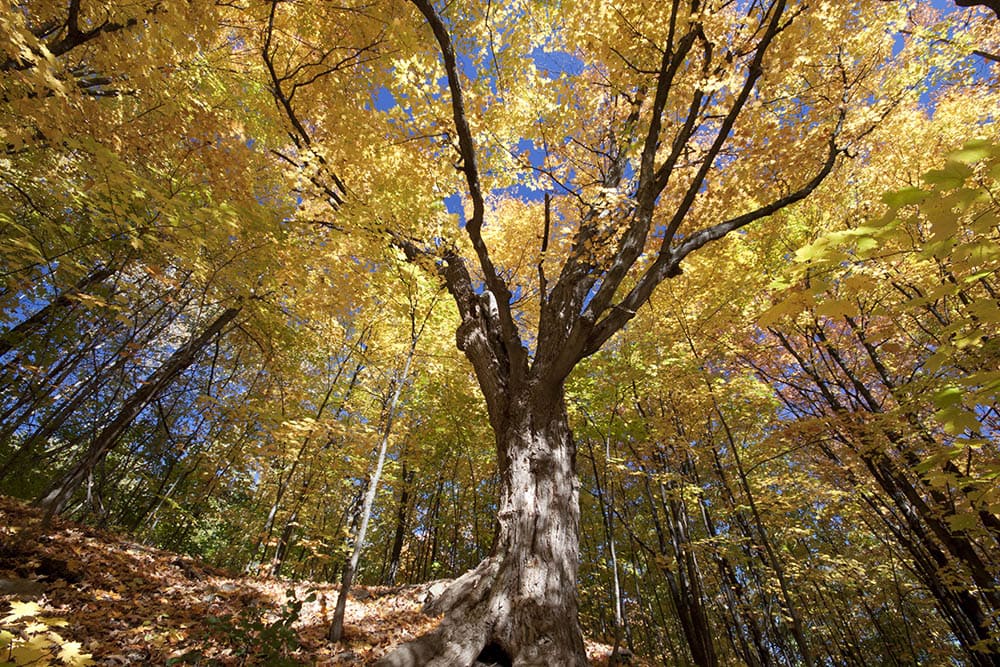
These trees thrive in forest soil that’s rich and well-drained, but low in acidity. They are surprisingly patient trees that can regenerate well even in closed forests with dense canopies that allow little light.
They can be found in many areas across the US from Great Lakes states and Tennessee all the way to New York and Canada’s southern provinces. Sugar Maples can’t really withstand air pollution or road salting too well, so they’re frequently replaced by the native Norway Maple.
What Is the State Bird of New York?
The Eastern Bluebird is New York’s state bird. The Eastern Bluebird (scientific name: Sialia sialis) is a medium-sized bird species that can be found in orchards, open forests, and large farmlands east of the Rockies. They’re also found in the Gulf States, southern California, and southeastern Arizona.
Appearance
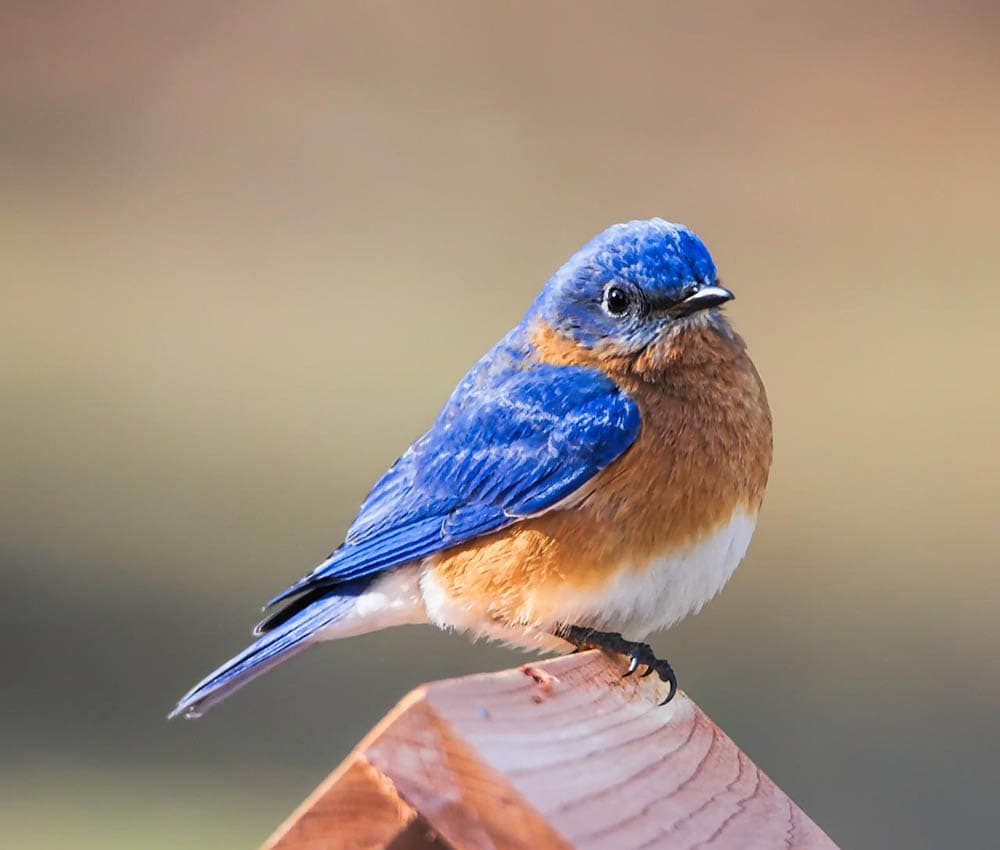
The female bluebirds have slightly dull blue wings and tails. Their breasts have a brownish breast and throat. They have a grayish crown and are a bit smaller than the males. The adult males of this species have a white belly with brightly blue back feathers. They also have a reddish-brown throat and breast.
Bluebirds love to feast on caterpillars and insects during the spring and summer months, while they’re raising their young. From a perch, they’ll survey the ground and then drop down to catch prey. They’ll also eat a variety of berries, small fruits, and berries from late summer to winter.
Habitat
These birds can be found in open woodlands, farms, orchards, as well as suburban areas. They’re also commonly found in open areas without trees or forest edges that provide nesting habitats.
Range
The eastern Rocky Mountains are home to these birds. But they are also common in southeast Canada and the Gulf of Mexico. The bluebird spends the winter in the southern part of its breeding range, but they will fly further south if the weather is extremely bad or food is scarce.
Diet
Eastern Bluebirds hunt from perches and then dive down in a single swoop to catch prey. They can see very well and are able to locate small insects and grub from over 80 feet away.
Mating/Nesting
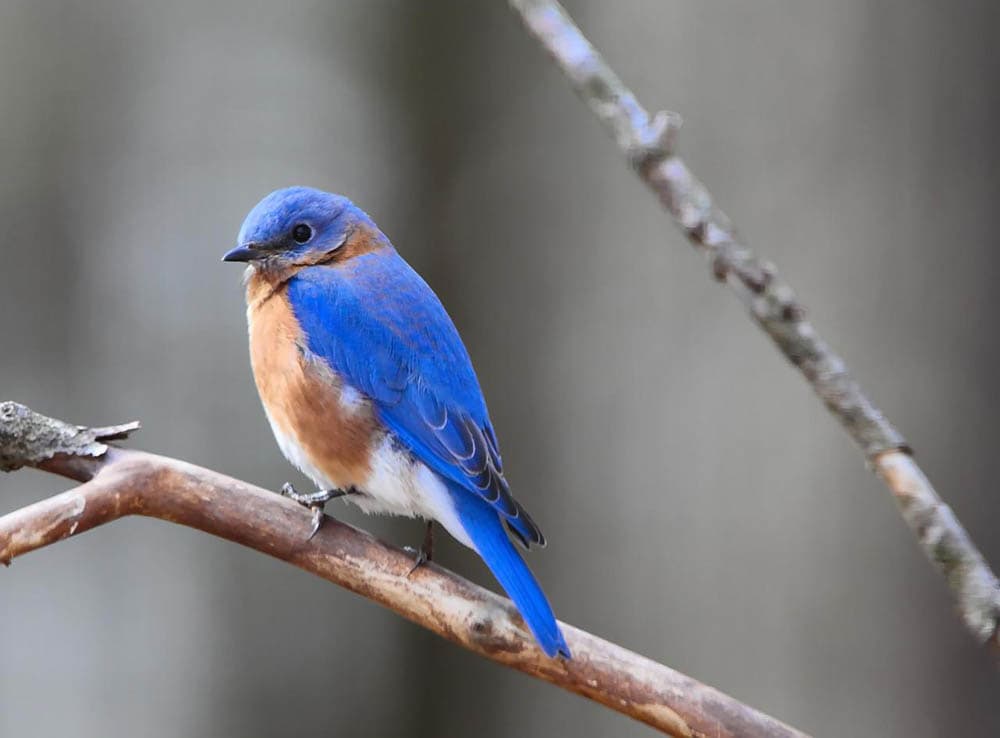
These birds are monogamous, and pairs will stay together throughout the entire season. They may also breed together for longer periods. The male sings and flails in front of the female during courtship displays, with half-open wings and a fanned tail.
In order to attract females, males will perform shows at the nest cavity by bringing nest materials and waving their wings above the hole to signal to the female that food is near–which is quite impressive.
But, while they may be chivalrous, bluebirds can also become aggressive and fight among themselves. When an intruder approaches, the male Eastern Bluebird sings what’s known as a “warning song”. And when predators are nearby, both adults will also flap their wings and make screeching calls.
Nesting
Bluebirds nest in small tree cavities, which can be found using woodpecker holes or other natural open cavities. The nests are made from dried pine needles or grass and stand 1 to 4 inches tall. The female will lay anywhere from 4-6 powdery blue eggs in a single brood.
Once the eggs hatch, the birds are cared for about 17 days before they leave the nests. However, the parents will typically continue to feed the bird for several weeks after they’re off on their own.
Protection Status
The decline in Eastern Bluebird numbers has been caused by competition for cavities nests, cold weather, and the negative effects of pesticides used to control fire ants. These birds are prey to a few predators including chipmunks and flying squirrels for chicks and eggs. Despite habitat loss, their numbers have surprisingly increased with the advent of nest box campaigns.
What Is the State Flower of New York?
New York’s state flower is the Rose (scientific Name: Rosa) and has been since 1955. You’ll find beautiful roses all across the state, particularly in the Hudson Valley area.
The public is welcome to visit many of the state’s historic estates that have formal rose gardens. The most well-known is Kykuit, which is home to four generations, which is also one of the oldest Hudson River estates in the area.
Watering
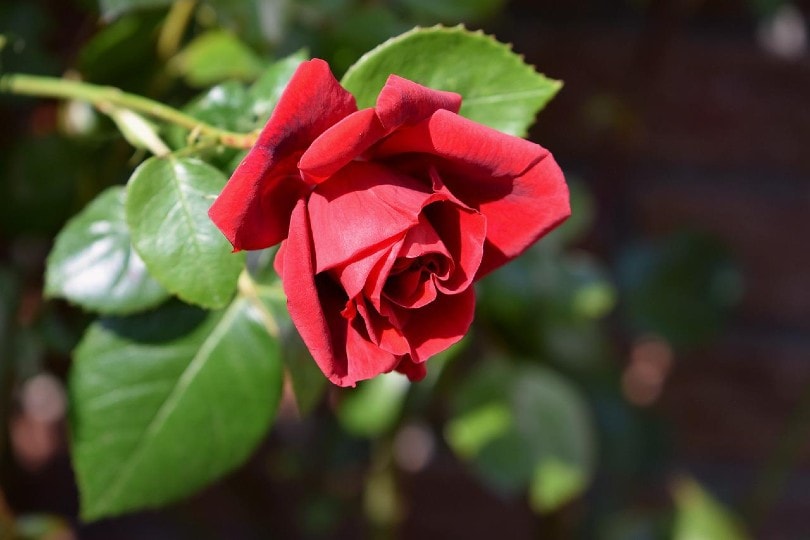
Roses are considered “water-smart” and can adjust to varying water availability. However, they cannot produce new flowers or stems or during the growing season if they don’t get enough hydration. The minimum requirement for roses is about 3 gallons of water per week. Factors including soil conditions, current location temperature, and the size of the bush will affect the amount of water required.
Temperature/Humidity
Roses can tolerate a wide range of temperatures, though hot, dry conditions are better than humid environments. Roses go into winter dormancy when temperatures drop below 50 degrees Fahrenheit during the day or night.
They can happily bloom non-stop throughout the year with night temperatures between 50 and 75 degrees, provided they’re fertilized, watered, and otherwise cared for appropriately.
Sunlight
Roses need a lot of light on a daily basis and reduced light will affect their flowering ability. And if they have less than four hours of direct sunlight, the roses will produce fewer flowers or none at all–which would make for a pretty unappealing rose bush. The foliage will also become softened and more susceptible to various diseases.
Soil Type
You can adjust the soil’s condition to suit your roses. Sandy clay is ideal because it allows for good aeration and water retention. Plain clay can be improved by adding gravel, sand, or coarse organic material. To upgrade sandy soil, you can simply add water-retaining materials like coco coir or peat moss. And to achieve neutral pH, lime can be added to acidic soil.
Indoor Growing
Gardeners don’t have to limit roses to outside of gardens, these beautiful flowers can also be grown indoors. Roses can grow well in all types and sizes of containers or pots. It’s important to be sure to place them in a location where they can receive ample life each day, otherwise, they may not bloom as well as they would outdoors. If given enough daily sunlight they can get pretty wide, so be sure to allocate enough space for them.
Conclusion
New York is an amazing state with lots of beautiful scenery, historical landmarks, and cultural diversity. Its state tree, the sugar maple, is known for its succulent maple syrup and gorgeous, colorful leaves. They can be found all throughout the rural areas in the states as well as in parts of Southern Canada.
Featured Image Credit: Paula Cobleigh, Shutterstock
Contents




